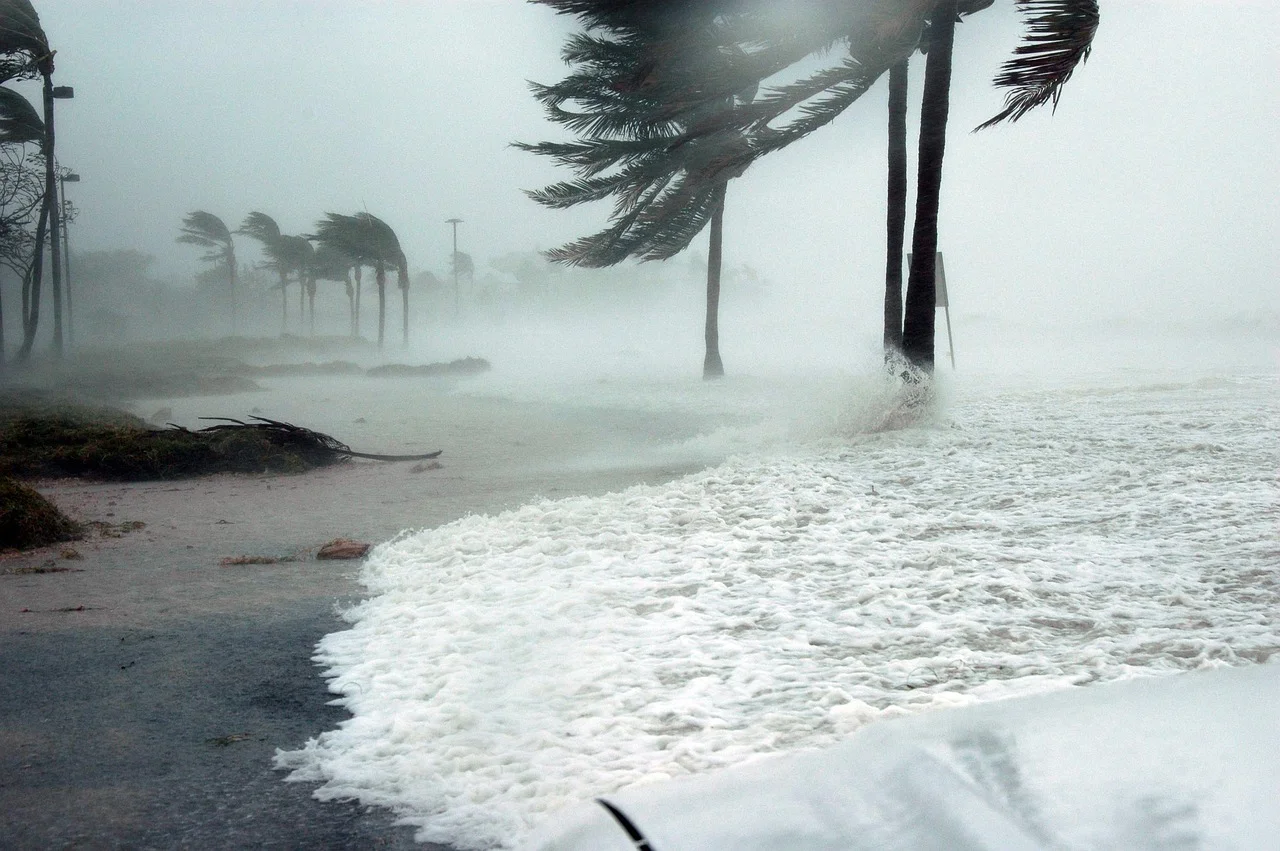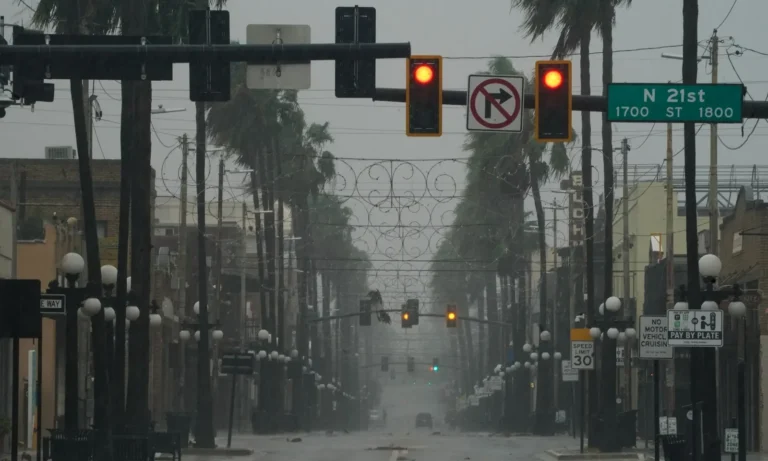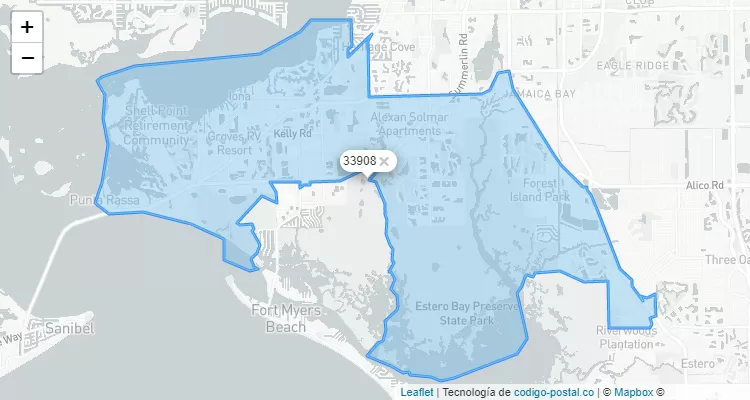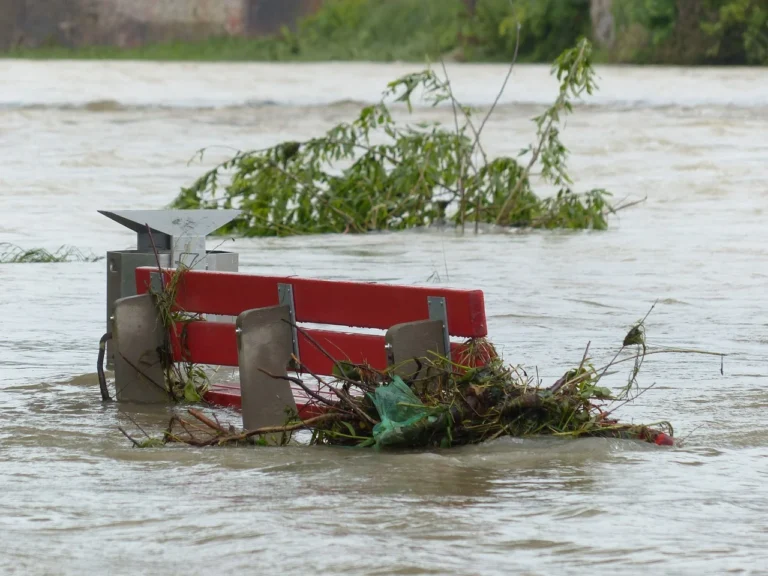Why Did Fort Myers Flood? Understanding the Causes Behind the Recent deluge
Why Did Fort Myers Flood? An In-Depth Analysis
Have you ever wondered how climate change, urban development, and weather patterns come together to create devastating floods? Fort Myers, a vibrant city in Florida, recently faced severe flooding that has left many residents reeling. What caused this disaster? What can we learn from it to prevent future occurrences? Let’s delve deeper into the factors contributing to the flooding of Fort Myers and explore ways to enhance our resilience against such natural events.
Understanding the Climate Change Connection
Climate change isn’t just a distant threat; it’s a reality that many communities are facing today. Rising global temperatures lead to more intense weather events, including heavy rainfall and hurricanes. Fort Myers is no stranger to such phenomena.
In recent years, the frequency and severity of storms have increased. With warmer air holding more moisture, the storms dumping record amounts of rain have become increasingly common. For Fort Myers, the consequences of these changing weather patterns are significant. Flooding events can drown roadways and overwhelm drainage systems, prompting an urgent need for effective solutions.
The Urban Development Factor
As Fort Myers has grown, urban development has transformed the landscape. While urbanization brings economic growth and opportunities, it often comes with unintended consequences, such as increased flooding.
Cities are built on land that was once permeable and capable of absorbing rainwater. When we pave over these areas for roads and buildings, we disrupt natural water drainage patterns. Poorly planned development can lead to inadequate drainage systems, causing water to pool during and after heavy rainfall events.
Moreover, Fort Myers’ infrastructure must keep pace with growth. In some areas, drainage systems that were designed decades ago are no longer sufficient to handle today’s stormwater. Improving these systems is crucial to managing future flooding risks.
Hurricanes and Tropical Storms
Hurricanes are another major player in the flooding narrative for Fort Myers. With the Gulf of Mexico right at its doorstep, the city is particularly vulnerable to tropical storms and hurricanes. These storms bring not only high winds but also torrential rains and storm surges.
Hurricane Ian, for instance, showcased the destructive potential of such storms, leading to widespread flooding in Fort Myers and surrounding areas. As climate change continues to intensify hurricanes, preparing for these formidable natural disasters will require more than just immediate response strategies; it demands a comprehensive understanding of their long-term impacts.
Flooding Risks in Low-lying Areas
One of the most critical aspects to consider is Fort Myers’ geographical features. As a coastal city, many areas are at or below sea level, making them particularly susceptible to flooding. During heavy rains, especially when combined with high tides, water can easily overwhelm these low-lying zones.
Understanding local topography is essential in flood management. It is important for residents and city planners to identify high-risk areas and develop effective mitigation strategies, such as creating green spaces that absorb water or implementing sea walls.
Community Preparedness and Response
Why is community preparedness vital in mitigating flooding risks? A well-prepared community can respond more effectively to flooding events, minimizing damage and promoting safety.
Cities like Fort Myers need to educate residents about flood risks and improve emergency response plans. Regular community drills and information sessions can empower residents with knowledge about evacuation routes, emergency kits, and resources available during flooding events.
Collaboration between local government, emergency services, and community organizations can foster a culture of preparedness. Such engaged communities can help share valuable insights drawn from lived experiences, further enhancing resilience.
Innovative Solutions for Flood Management
In light of the ongoing challenges, innovative solutions are necessary to combat the floods in Fort Myers. One approach is green infrastructure, which includes creating parks, permeable pavements, and bioswales that help manage stormwater. These methods promote water absorption and can significantly reduce flooding risks.
Further, community involvement in such initiatives can lead to more sustainable outcomes. Encouraging residents to participate in local tree planting or community clean-up days can foster a sense of ownership. When communities band together, the impact of individual efforts can help shape a healthier environment.
Investing in Future Resilience
Finally, investment in flood resilience measures is crucial. This includes upgrading stormwater management systems, improving drainage infrastructure, and enhancing public awareness campaigns. Local governments must allocate resources for ongoing maintenance and innovation in flood risk management.
Long-term planning must consider anticipated changes in climate and population growth. Integrating scientific findings into city planning can lead to improved outcomes for residents and the environment.
Conclusion
Flooding in Fort Myers is a complex issue influenced by a range of factors, including climate change, urban development, geographic vulnerabilities, and community preparedness. By understanding these underlying causes, we can proactively develop strategies to mitigate future floods and enhance community resilience.
What are your thoughts on Fort Myers’ flooding challenges? Have you experienced flooding firsthand? Share your experiences in the comments below!
FAQ Section
-
What caused the recent flooding in Fort Myers?
The flooding was due to a combination of heavy rainfall, inadequate drainage systems, urban development, and storm impacts from hurricanes. -
How can urban development impact flooding?
Urban development often leads to sealed surfaces that prevent water absorption, disrupting natural drainage systems and increasing flood risk. -
What role does climate change play in the flooding of Fort Myers?
Climate change has led to more intense storms, higher rainfall, and rising sea levels, all of which contribute to increased flooding risks. -
What can residents do to prepare for floods?
Residents can stay informed about flood risks, create emergency plans, and prepare emergency kits to ensure safety during floods. - What innovative strategies can be used to mitigate flooding?
Strategies like green infrastructure, improved drainage systems, and community engagement initiatives can effectively reduce flooding risk.
Trusted Sources
- https://www.noaa.gov/
- https://www.epa.gov/climate-change
- https://www.fema.gov/
- https://www.nap.edu/catalog/29232
- https://www.nws.noaa.gov/
By understanding the multidimensional aspects of flooding, we can work together towards a safer and more resilient Fort Myers.







